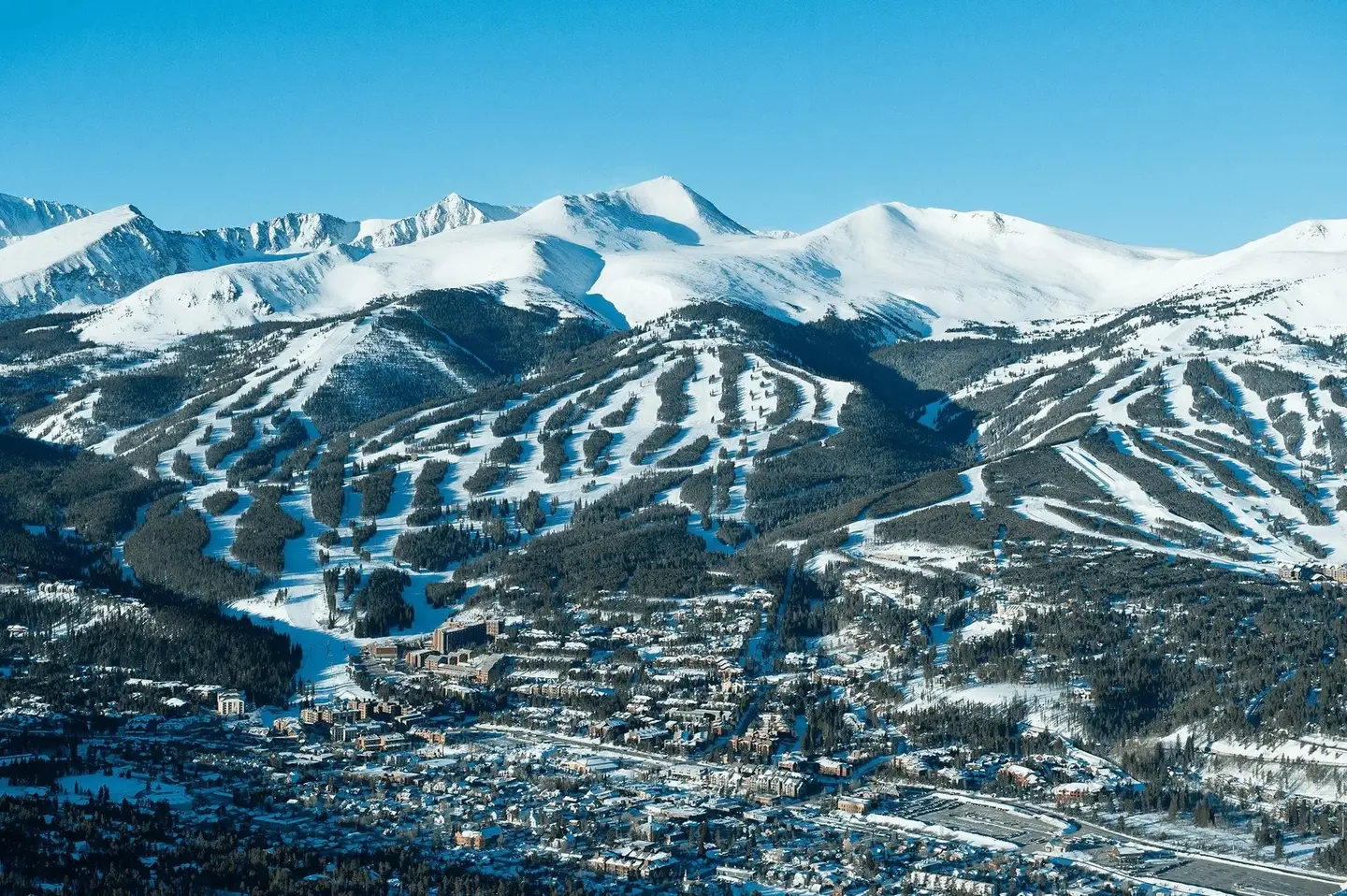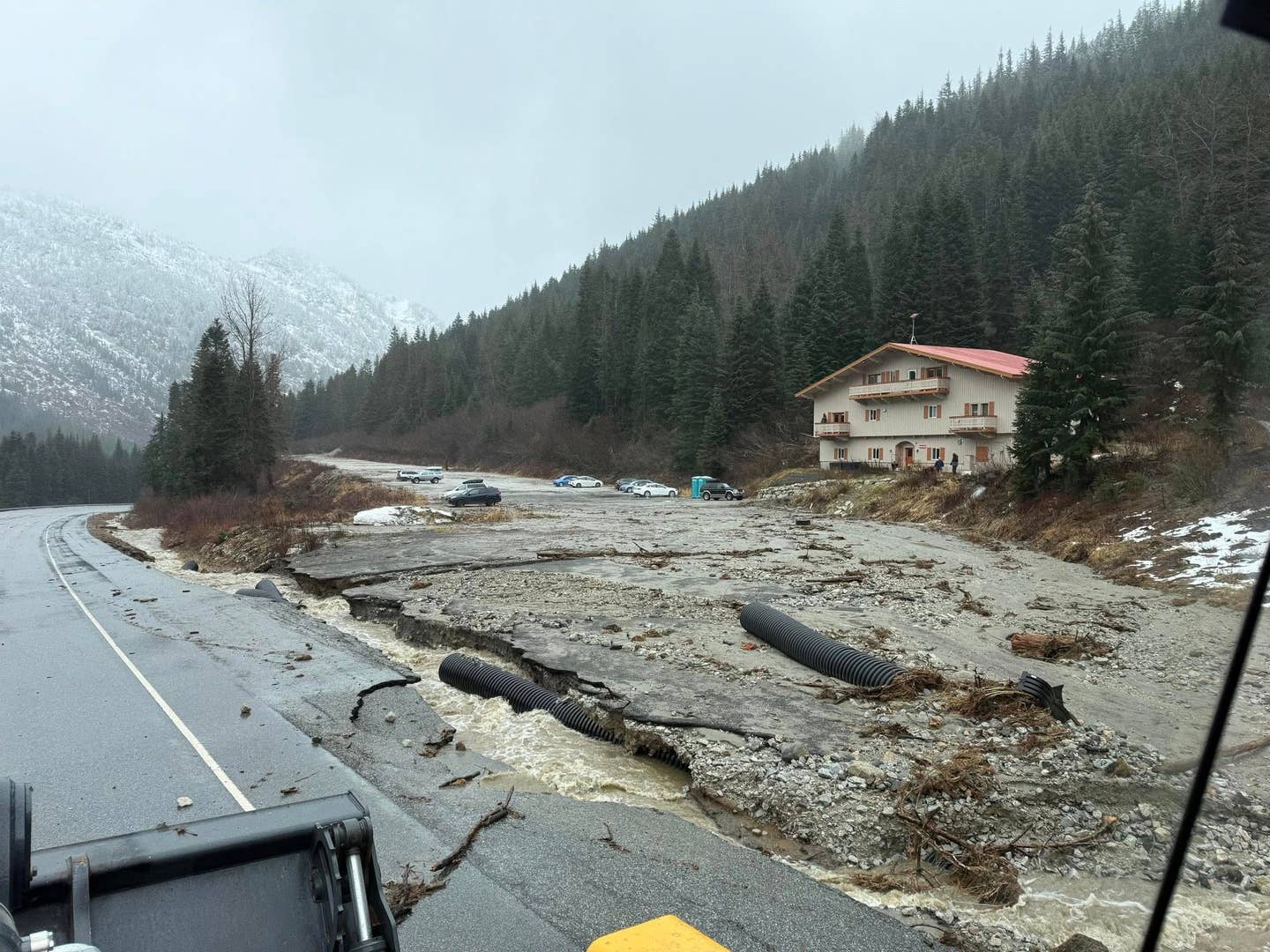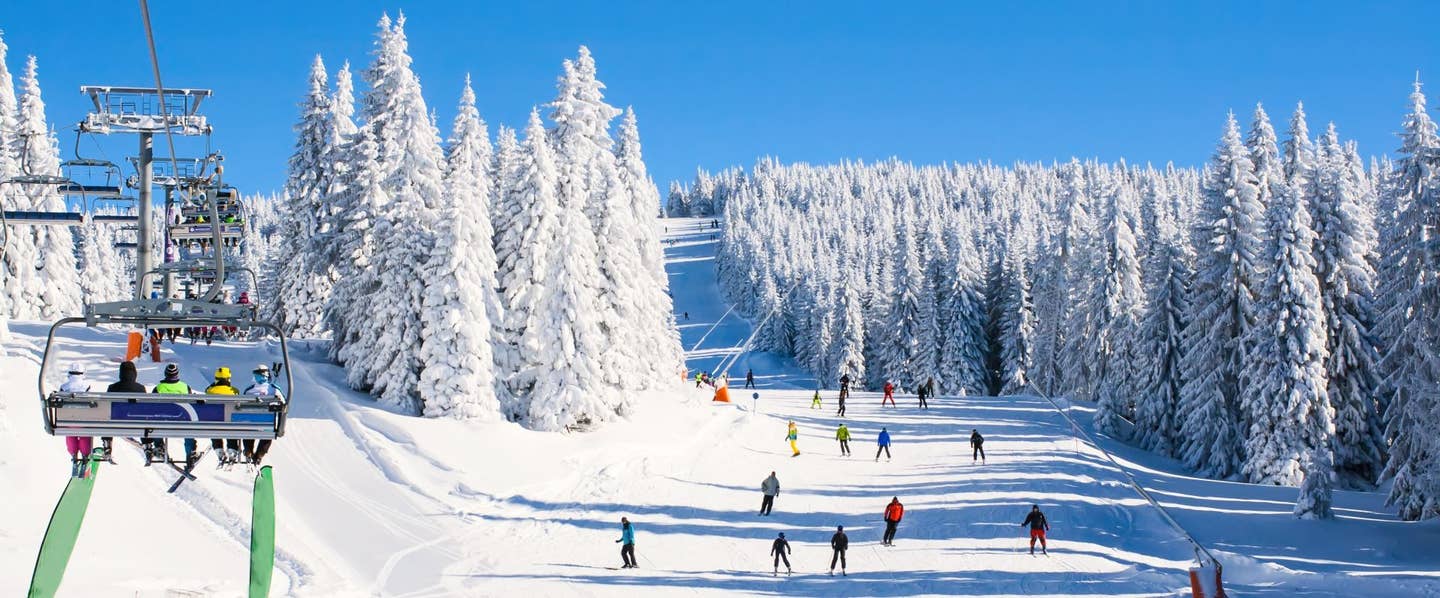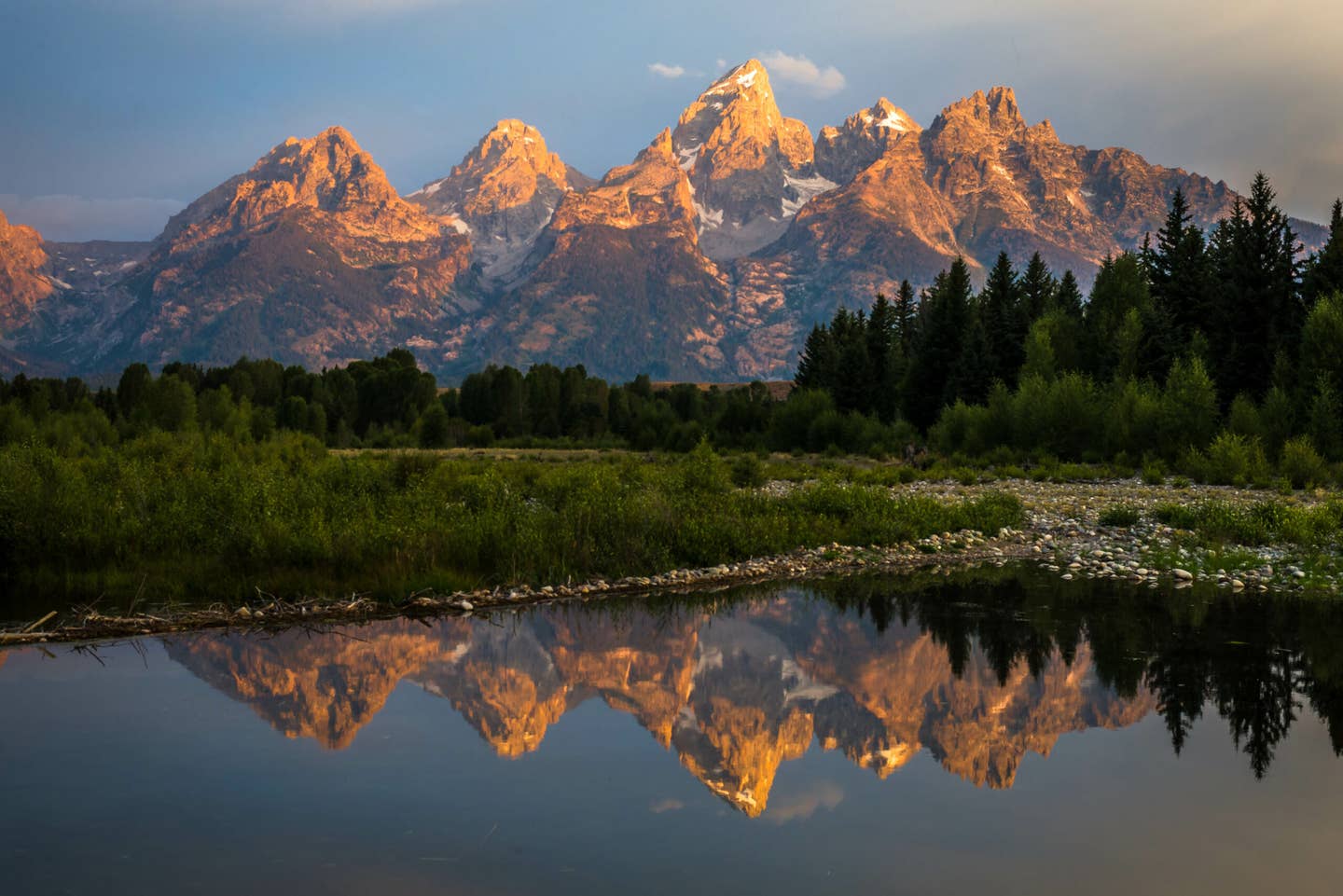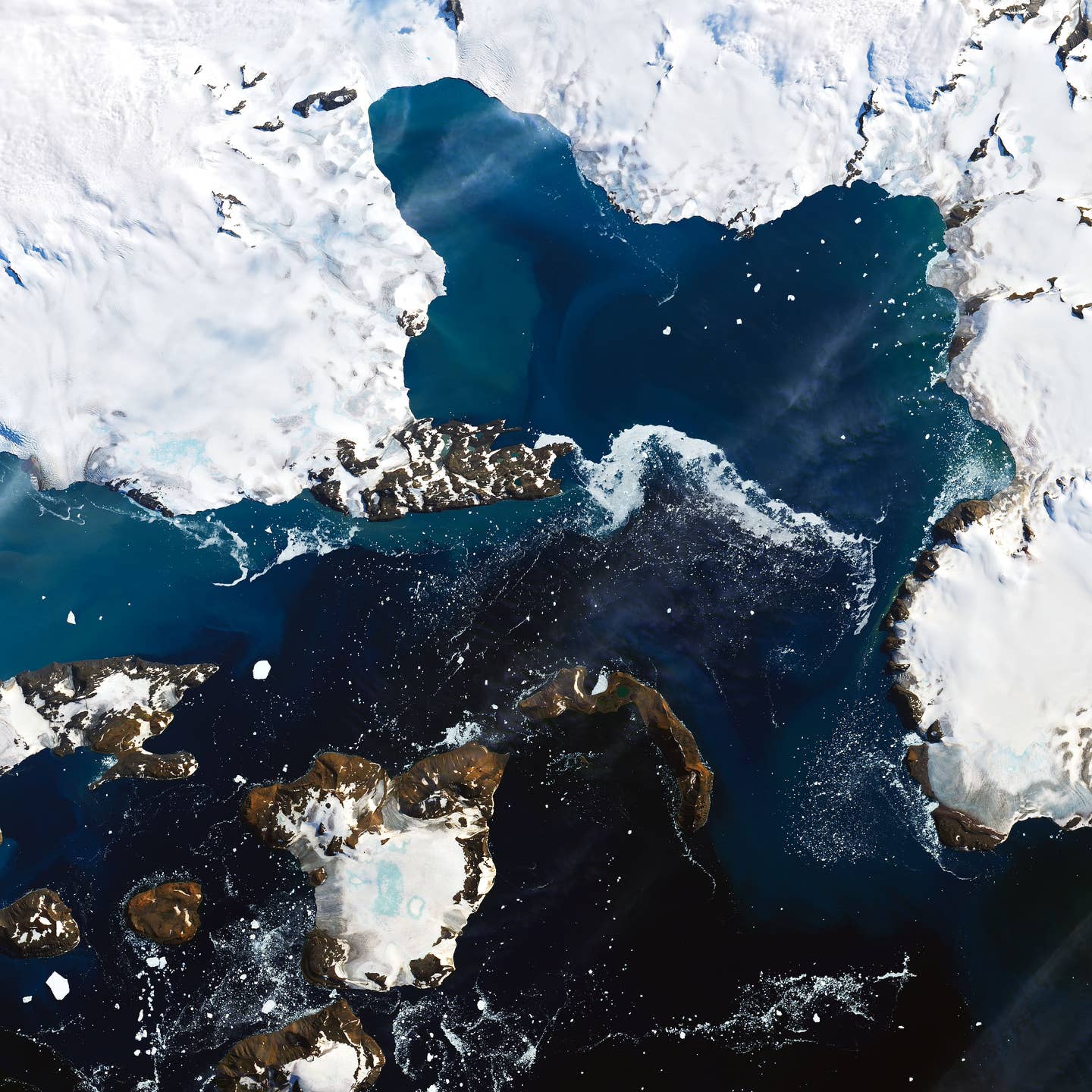

Historic Heat Impacts Antarctica
Popular Stories
 Eagle Island before the heat wave. NASA Earth Observatory photo.
Eagle Island before the heat wave. NASA Earth Observatory photo.
For over a week in the beginning of February, Antarctica was plagued by unusually warm temperatures. Thermometers at Esperanza Base on the northern tip of the peninsula read even higher than those in Los Angeles on the same day: 64.9° Fahrenheit (18.3° Celsius), thus shattering the previous record for hottest temperature ever recorded at the base. This concerning report has unfortunately become a common trend recently, with two other warming events this season alone: one in November and one in January.
 Eagle Island after the heat wave, with two clear melt ponds and markedly less snow and ice. NASA Earth Observatory photo.
Eagle Island after the heat wave, with two clear melt ponds and markedly less snow and ice. NASA Earth Observatory photo.
Sign Up for the TGR Gravity Check Newsletter Now
NASA's Earth Observatory recently released these two photos of Eagle Island north of the Esperanza Base, one before the heat wave and one after. Viewers can clearly make out the melt ponds and lack of ice in the second photo after temperatures soared and four inches of snow and ice melted between February 5th and February 13th. Almost two square miles of snowpack became saturated with meltwater and 20% of the season's snow accumulation melted in this one isolated event.
This type of melting is typical in Alaska and Greenland, but such patterns have never before been seen in Antarctica until the 21st Century. A combination of meteorological events triggered the heat wave last week, including a high pressure system that allowed warm temperatures to build over time. The continent is typically shielded by the Southern Hemisphere's westerly winds, but they have been weaker than usual recently, allowing for warm tropical air to reach the ice sheet. The surface temperatures of the sea surrounding Antarctica were also 2-3°C higher than normal.
These atypical melting patterns are unfortunately becoming more and more common in recent years. “I haven’t seen melt ponds develop this quickly in Antarctica,” said Mauri Pelto, a glaciologist who has been studying the heatwave. He reported that there was widespread melting on the nearby Boydell Glacier as well.
